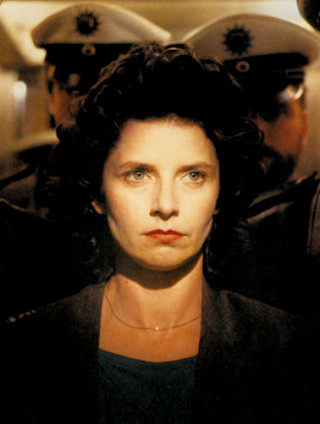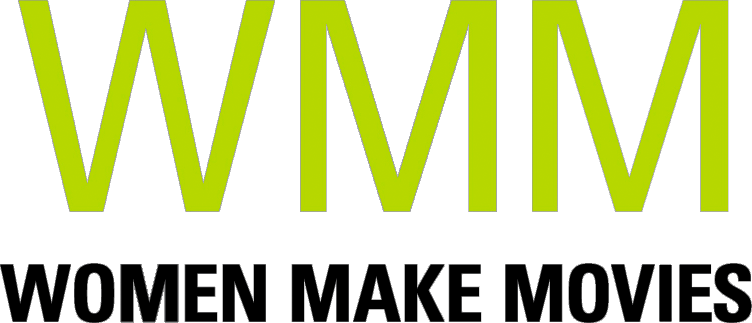
The Practice of Love
Die Praxis der Liebe
Austria | 1985 | 90 minutes | Color | 35mm/VHS | Subtitled | Order No. 99500
SYNOPSIS
PRESS
"A dazzling cinematic tour-de-force, combining a thriller narrative with experimental images....The film makes a stunningly coherent indictment of male dominated society."
ABOUT FILMMAKER(S)
Valie Export, Prof., Dr., media and performance artist, filmmaker, born in Linz, lives and works in Vienna. Valie Export’s artistic work comprises: video environments, digital photography, installation, body performances, feature films, experimental films, documentaries, Expanded Cinema, conceptual photography, body-material interactions, Persona Performances, laser installations, objects, sculptures, texts on contemporary art history and feminism.
Valie Export is one of the most important pioneers of on conceptual media art, performance, and film. In the early 1960's Export was exposed to a group of Viennese Aktionists and poets that would influence her work and theories. Through these groups she got interested in Constructivism, which inspired her to work in new media. She started to experiment with photography and what she called "expanded cinema". She would experiment by pouring different colored waters and liquids into a mirror and project them onto a screen. To Export, these live projections were reality, as opposed to celluloid images mediated by the camera. She began to label much of her work Anti-Art or No-Art. Her art became a political tool to react against society or the "Establishment".
Her expanded cinema pieces started to include live performance form Export herself. The body then became her most important tool. Export used her body to question people's physical and mental identity. One of her important goals in performance was to separate the female body from eroticism.
Her views on the female body carried on to other works such as her performance at an art street fair in 1968. She performed "Touch Cinema" which involved strapping on a box which enclosed her naked breasts. The box had holes in the front so that spectators could stick their hands through.
Export then began to refer to her work as Media Aktionism. She wanted to use her body in a feminist and semiotic way. During one performance called "Erosion", Export rolled her naked body over broken glass. By doing so, she wanted to put a new code on the naked body. Export tried to change the male gaze by showing the male her body the way she wanted to, as opposed to what they were used to.
"In 1973, Export did a performance called "Kausalgie" where the silhouette of a man is burned into a large wax plate with a gas flame. Export lies naked in the outline of this silhouette, her body warmth slowly changing the wax bed and her body image forming in the cooling wax. Slowly she separates herself from its rigidity and moves toward the edge, which is however lined with barbed wire, whereby the wax vaporizes. She separates herself from the waxen model and thus symbolically from the conceptual rigidity of man. The remaining traces are filled with molten lead , which slowly cools. A likeness remains, the traces are covered up."
From then on, Export continued to perform and go on to other media. She had produced other Body Art, photographs, screenplays, five films (Invisible Adversaries, Man & Woman & Animal, A Perfect Pair, RemoteRemote (Syntagma), installations, and important theoretical and historical writings such as "The Real and Its Double: The Body" and her manifesto "Aspects of Feminist Actionism." (09/09)
